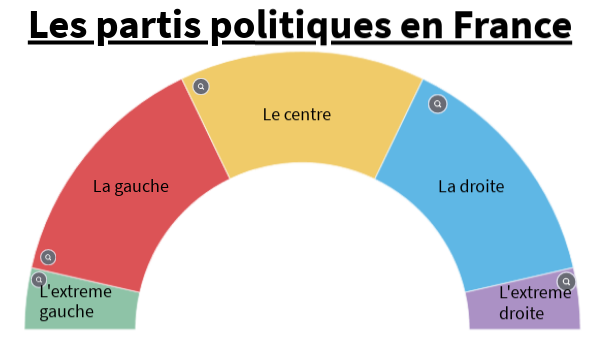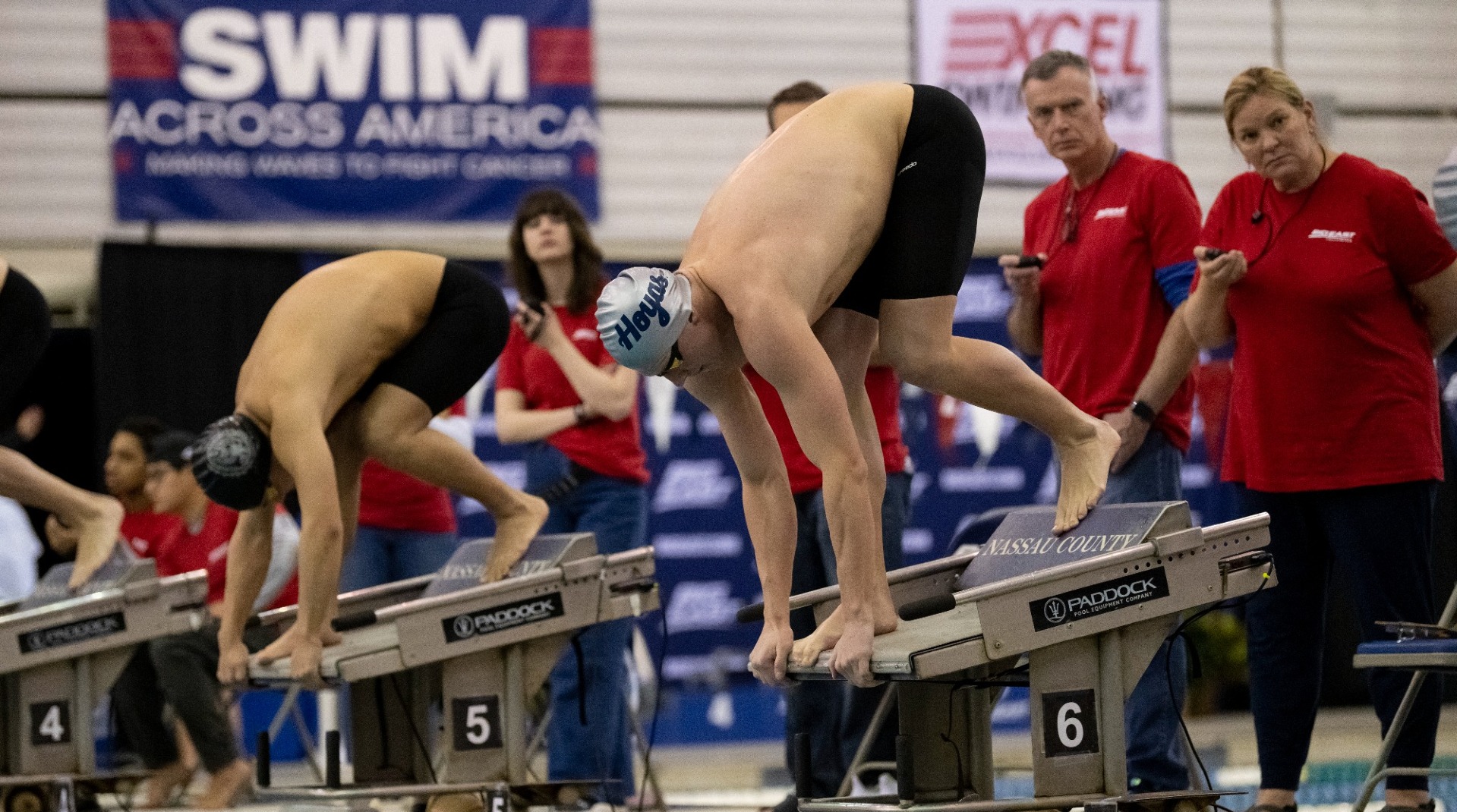A Look At F1 Greats: Post-40 Performance

Table of Contents
The Physical Demands and the Aging Body
Formula 1 racing is brutally demanding on the human body. Drivers endure extreme G-forces, requiring exceptional neck strength and cardiovascular fitness. The intense concentration needed for hours, combined with the physical exertion of controlling a powerful machine, pushes athletes to their limits. As drivers age, physiological changes inevitably impact their performance. Reaction times slow, stamina decreases, and muscle strength diminishes. These changes, while natural, pose significant challenges in a sport that demands split-second reflexes and unwavering physical resilience.
Specific physical challenges amplified by age include:
- G-force tolerance: The ability to withstand the intense forces during cornering decreases with age, leading to potential discomfort and reduced performance.
- Reaction speed and reflexes: Even a fraction of a second lost in reaction time can be critical in overtaking maneuvers or avoiding accidents.
- Muscle strength and endurance: Maintaining the strength and stamina required to control the car and endure the physical strain of racing becomes more challenging with age.
- Neck strength and stamina: Essential for supporting the head under high G-forces, neck strength is crucial, and it can deteriorate with age.
The physical demands of Formula 1 racing are unforgiving, making it a challenging environment for drivers beyond 40.
Mental Fortitude and Experience: A Counterbalance to Physical Decline?
While physical capabilities may decline, the mental aspect of Formula 1 racing can actually improve with age. Years of experience translate into unparalleled racecraft, strategic insight, and a deep understanding of car setup and tire management. Seasoned drivers often possess a tactical advantage, able to manage races effectively and extract maximum performance from their cars, even if their raw speed might not match their younger counterparts. This mental fortitude and accumulated wisdom can often compensate for some physical limitations.
Experienced drivers often excel in:
- Race strategy and management: Years of experience allow for better judgment of race situations, tire degradation, and fuel consumption.
- Car setup and understanding: A seasoned driver can provide invaluable feedback to the engineering team, leading to optimal car setup and performance.
- Tire management: Knowing how to extract maximum performance from tires throughout a race is a skill honed over years of experience.
- Pressure management and mental toughness: The mental strength to handle pressure and maintain focus under intense competition is often enhanced by experience.
Examples of Post-40 Success Stories in F1
Despite the challenges, several drivers have demonstrated remarkable success in F1 after turning 40. While it's not a common occurrence, these examples showcase the potential for drivers to excel beyond the typical retirement age.
- Nigel Mansell: Mansell won his first World Championship at 39, proving that exceptional talent and dedication can transcend age.
- Rubens Barrichello: A highly respected driver, Barrichello had numerous podium finishes well into his 40s showcasing longevity and consistency.
- Juan Manuel Fangio: Although his career predates many modern advancements, his late-career dominance demonstrates the power of skill and experience even in older age.
Analyzing their individual successes reveals a combination of factors: exceptional physical fitness, maintained mental acuity, and a strong support system from their teams. These drivers often implemented meticulous training regimes tailored to their age and focused on maintaining peak physical condition within the limits imposed by aging.
The Role of Technology and Team Support
Advancements in F1 technology play a significant role in mitigating the effects of aging. Modern cockpits incorporate features designed to enhance driver comfort and reduce physical strain, such as power steering and advanced ergonomics. These technologies lessen the physical demands of driving, allowing older drivers to compete more effectively.
Team support is also crucial:
- Ergonomic advancements in cockpits: Improved seat design, steering wheel adjustments, and pedal placement can minimize driver fatigue and enhance comfort.
- Advanced training programs: Personalized training regimens focusing on strength, stamina, and reaction time can help older drivers maintain their peak physical condition.
- Personalized physical therapy: Addressing specific age-related physical issues through targeted therapies can help optimize driver performance.
- Team strategy optimization: Teams can adjust their race strategies to compensate for any age-related decline in a driver's capabilities.
Sustaining Success Beyond 40: A Formula 1 Perspective
In conclusion, while the physical demands of Formula 1 racing make competing after 40 a significant challenge, it is not insurmountable. Mental fortitude, experience, technological advancements, and dedicated team support all play crucial roles in enabling drivers to maintain a high level of performance beyond the age of 40. The examples of successful post-40 F1 drivers demonstrate that age is not an insurmountable barrier to success. Explore the fascinating world of post-40 Formula 1 performance and discover the remarkable stories of drivers who challenged the limits of age and skill. Share your thoughts on which drivers you believe best exemplify this success and what factors contributed to their longevity in the challenging world of Formula 1 racing.

Featured Posts
-
 Barcelona Atletico Madrid Maci Canli Izleme Rehberi Fanatik Gazetesi
May 26, 2025
Barcelona Atletico Madrid Maci Canli Izleme Rehberi Fanatik Gazetesi
May 26, 2025 -
 Elon Musk Accusations D Utilisation De X Pour Amplifier Les Voix D Extreme Droite En Europe
May 26, 2025
Elon Musk Accusations D Utilisation De X Pour Amplifier Les Voix D Extreme Droite En Europe
May 26, 2025 -
 T Bird Girls Relay Sweep Leads To Home Invite Tournament Victory
May 26, 2025
T Bird Girls Relay Sweep Leads To Home Invite Tournament Victory
May 26, 2025 -
 Alnady Mwnakw Ywkd Tmdyd Eqd Takwmy Mynamynw
May 26, 2025
Alnady Mwnakw Ywkd Tmdyd Eqd Takwmy Mynamynw
May 26, 2025 -
 Neuer Injury Setback Bayern Munich Goalkeeper Doubtful For Key Matches
May 26, 2025
Neuer Injury Setback Bayern Munich Goalkeeper Doubtful For Key Matches
May 26, 2025
Latest Posts
-
 Opposition Parties Condemn Pvvs Proposed Rental Price Freeze
May 28, 2025
Opposition Parties Condemn Pvvs Proposed Rental Price Freeze
May 28, 2025 -
 Pvvs Rental Freeze Plan Faces Opposition Backlash
May 28, 2025
Pvvs Rental Freeze Plan Faces Opposition Backlash
May 28, 2025 -
 Obstacles To Transforming Vacant Commercial Properties Into Housing In The Netherlands
May 28, 2025
Obstacles To Transforming Vacant Commercial Properties Into Housing In The Netherlands
May 28, 2025 -
 Dutch Conversion Of Vacant Office Buildings And Shops Into Homes Why Progress Is Stalling
May 28, 2025
Dutch Conversion Of Vacant Office Buildings And Shops Into Homes Why Progress Is Stalling
May 28, 2025 -
 Review Of Affordable Rent Protections Implications For Landlords And Tenants
May 28, 2025
Review Of Affordable Rent Protections Implications For Landlords And Tenants
May 28, 2025
